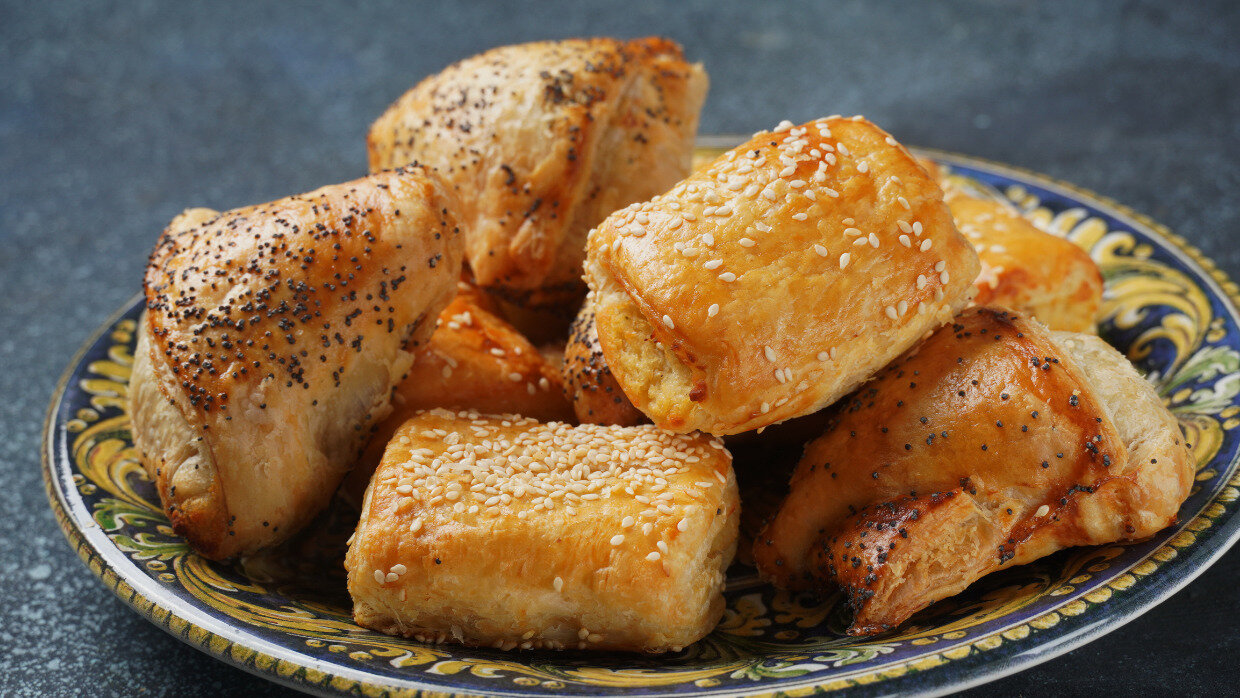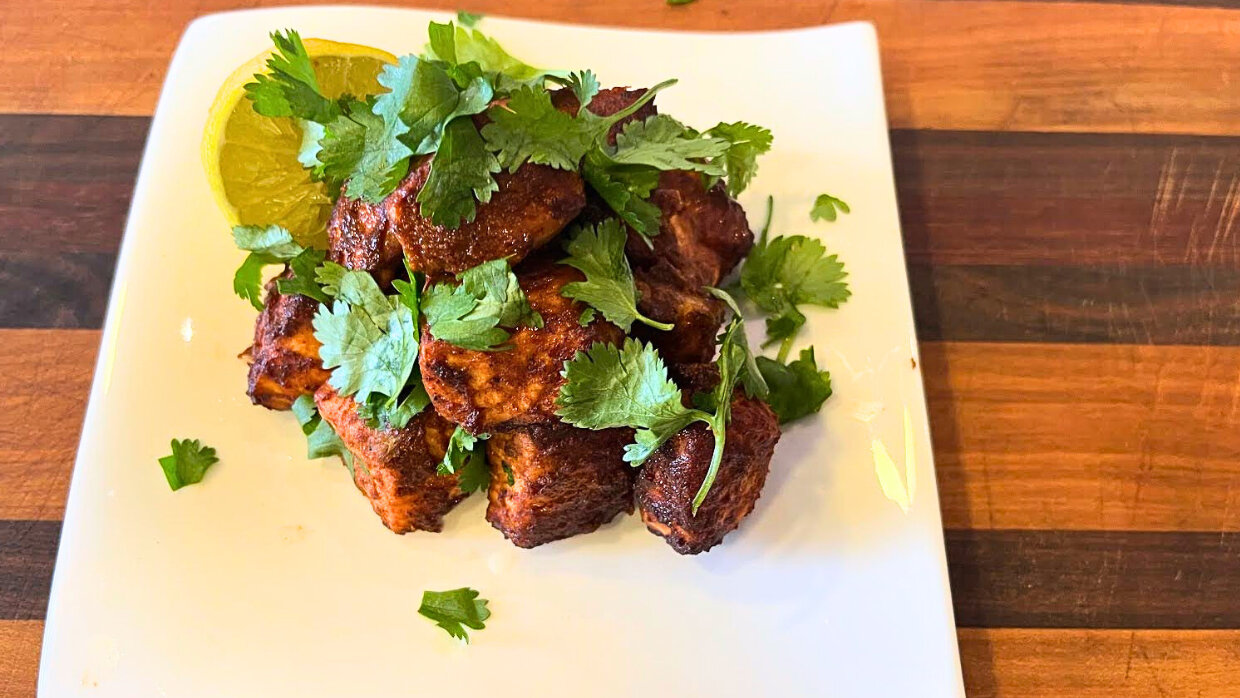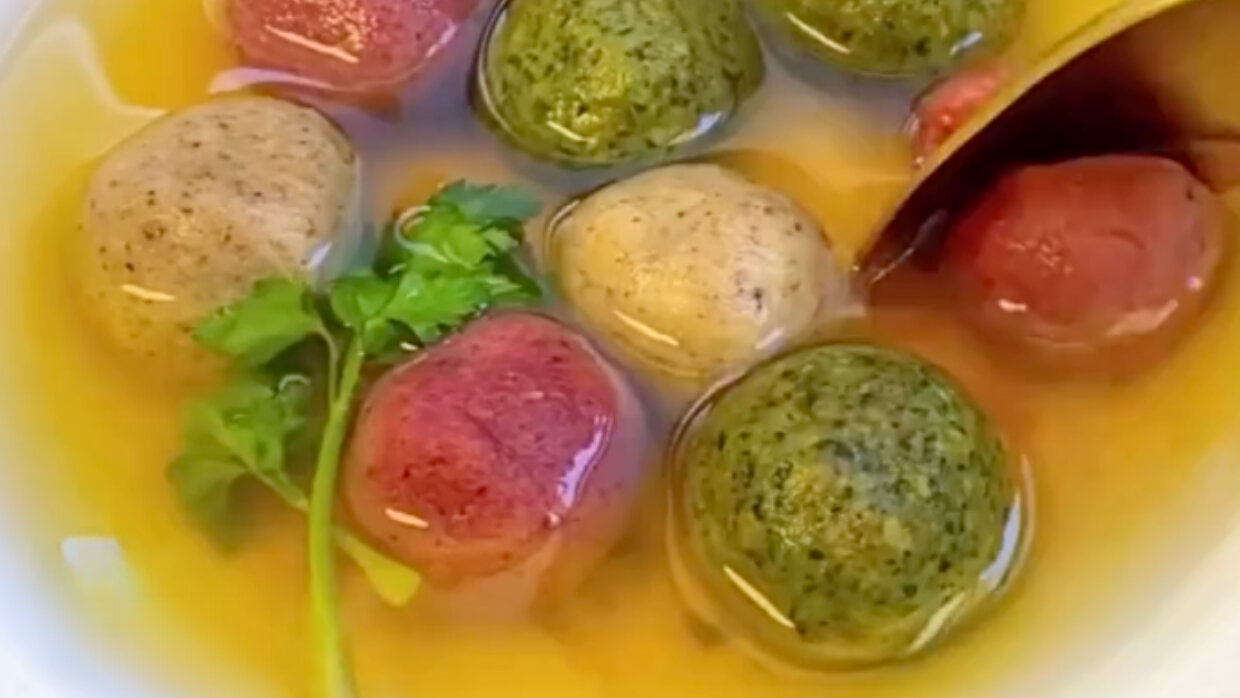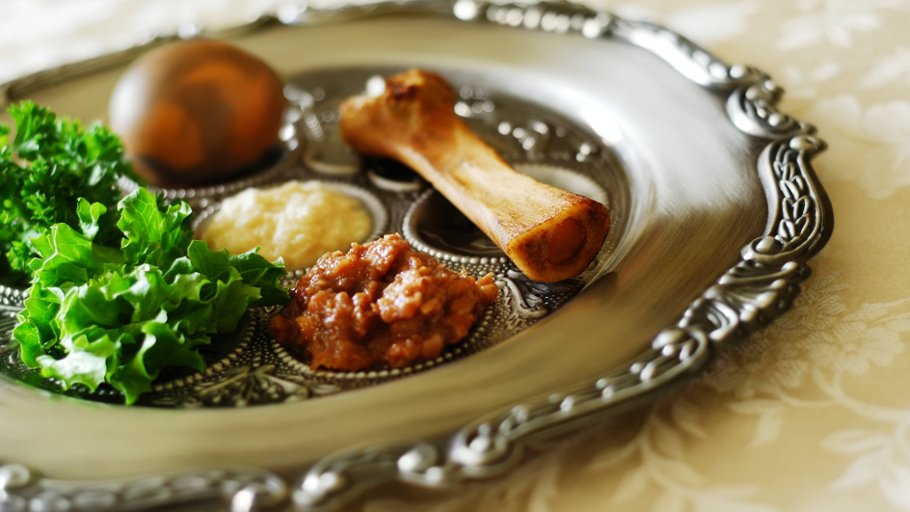So you can’t get enough of spanakopitas, meat turnovers, and calzones, we can’t blame you. But have you tried a Boureka? Israel’s most iconic puffed pastry treat, the Boureka, is a handheld pocket of crisp pastry dough usually filled with a variety of savory ingredients and is the snack food of choice for many Israelis.
At nearly every gas station, supermarket, or bakery in Israel, you’ll be greeted by the warm and fragrant aroma of puffed pastry filled with potatoes, cheese, or an assortment of other fillings. But what exactly are Bourekas, and where do they come from?
Boureka’s Beginnings
In essence, Bourekas are little pastry turnovers filled with a variety of savory stuffings like potato, cheese, spinach, or mushrooms. They have a flaky and crispy exterior that is often topped with seeds of some kind and are usually eaten warm or at room temperature.
Gil Marks, the acclaimed Jewish food historian, writes of bourekas, they are “a synthesis of cultures and styles; over the course of history, they have been transformed and transferred, on their way to becoming a ubiquitous treat in modern Israel.”
In recent years many Middle Eastern dishes have started to gain popularity in Western Countries, with dishes such as Hummus and Shawarma becoming some of the most popular dishes in countries like England and the U.S., and it seems that Bourekas are next. While many people have never heard of Bourekas before, even fewer know that they were first invented by Spanish Jewish immigrants in Turkey some 600 years ago who were expelled from Spain during the inquisition.
Most food historians believe that the name Boureka is a combination of the Spanish word 'empanada' and the Turkish word 'borek', meaning hand-held pie. The dough is said to originate from a Turkish dough called "yufka," which carries a lot of resemblance to phyllo dough. The first Bourekas were made by Spanish Jews who added Turkish ingredients to their empanadas. Throughout the years Bourekas have taken on various shapes and sizes and eventually became synonymous with the street food of Israel as more and more Turkish Jews migrated to Israel.
Big Time Bourekas
The new Boureka phenomenon spread far and wide throughout the Judeo-Spanish diaspora, to many countries that spoke entirely different languages and had grown up on completely different foods. This led to a lot of different recipes and variations on the Turkish pastry with each country putting their own spin on the snack.
Chef Joyce Goldstein writes, “The name game is challenging. Depending upon where people lived, or family traditions, the identical recipe may go under a variety of titles.”
In Italy for instance, the pastries are known as Burriche, and usually have different fillings. In many European countries The name Borekitas is used for a specific type of boureka that is always filled with cheese and often has cheese in the dough. Meanwhile in Greece, Bourekakia is a name for a meat filled pie.
The most well known version of the Boureka today is the puff pastry pocket filled with cheese or potato but puff pastry is a fairly modern innovation that wouldn’t have existed for the Jewish Turks. Nowadays in Israel, all these distinctions have blurred. You’ll see the empanada variety sitting alongside the puff pastry version in harmony all under the title of “Boureka.”
Fill Me Up
One of the great aspects of the boureka is how versatile it can be, with pretty much an unlimited amount of fillings available.
Orly Peli-Bronstein, an Israeli food expert, remembers that her Bulgarian grandmother prepared special bourekas for every occasion: “Cheese and spinach bourekas for Shabbat, sweet bourekas doused with sugary syrup for Rosh Hashanah, leavened dough bourekas for my grandfather’s yahrzeit, and—my favorite—bourekitas with cheese and charred eggplant for Shavuot.”
Simple Boureka Recipe
Check out this recipe


The unique shape of the boureka is actually due to Jewish dietary restrictions. Laws were put in place in Israel regarding the shape of a boureka so that dairy pastries wouldn't be confused with vegetarian ones. A simple way to remember is to know that a triangular-shaped boureka means it contains dairy and square or rectangular is dairy free.
In Israel, they are available in bakeries all over Israel, where they are frequently eaten for breakfast or as a mid-morning snack. In Turkey, they are frequently included in mezze platters, and they are a street food favorite in Morocco.
The story of the Boureka is a fascinating one because it demonstrates how ideas and recipes spread throughout Europe before the internet or even mail. Each community made the boureka their own and when they all came to Israel they were able to showcase their creations. In fact, that’s part of the reason Bourekas have become such an integral part of the culinary landscape in Israel. Whether you prefer your Bourekas with cheese, potato, spinach, or mushroom, one thing is for sure - these flaky treats are here to stay. So, the next time you bite into a warm, delicious Bourekas, take a moment to appreciate its ancient origins and the powers that brought us together to be able to enjoy them all.

















